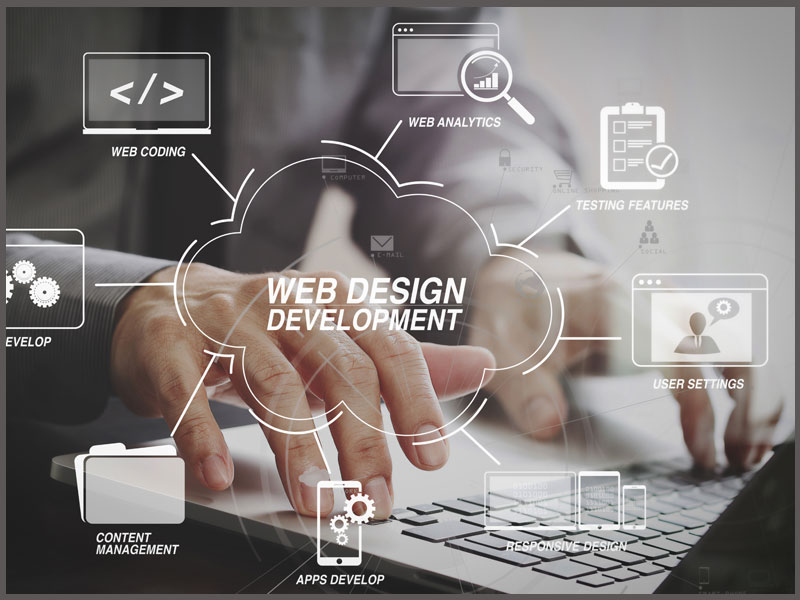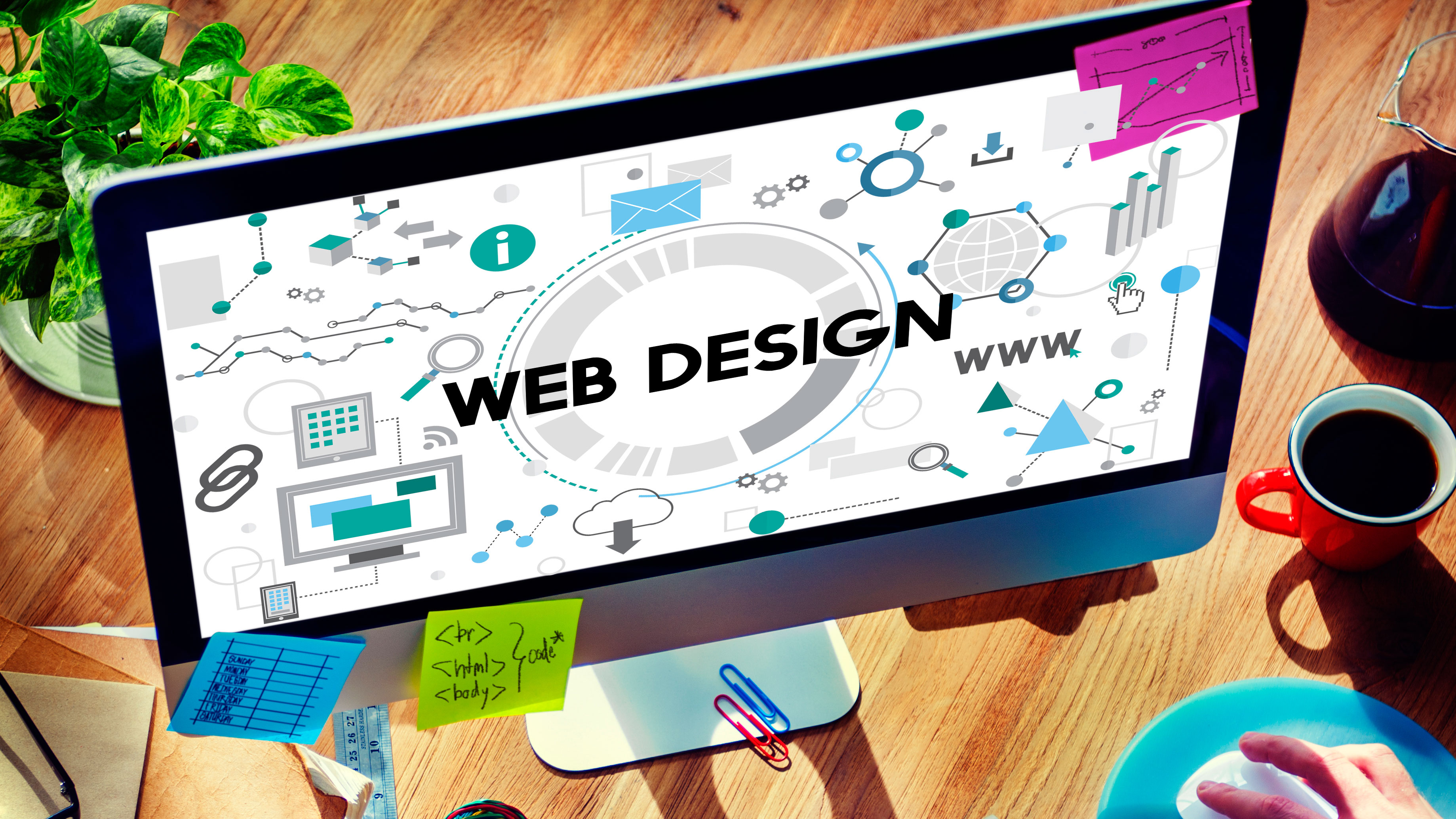Aligned Position Web Design: Expert Web Design Strategies for Achieving Business Goals Online
Aligned Position Web Design: Expert Web Design Strategies for Achieving Business Goals Online
Blog Article
The Most Effective Kinds Of Website Design to Improve User Experience and Interaction
In the ever-evolving landscape of electronic communication, the effectiveness of Web layout dramatically impacts user experience and interaction. Numerous design techniques, such as minimal, receptive, and interactive formats, each offer one-of-a-kind benefits that can provide to diverse customer needs.
Minimalist Website Design
As digital landscapes come to be increasingly chaotic, minimal website design has emerged as a powerful strategy to improving user experience. This layout approach prioritizes simpleness, concentrating on vital elements while removing unneeded disturbances. By utilizing enough white area, uncomplicated navigation, and a limited color scheme, minimalist layout cultivates clearness and guides individual interest to essential content.
The core principle of minimal Web design is to create a seamless communication for users. By reducing cognitive lots, individuals can promptly understand info without feeling overwhelmed. This direct technique not only enhances use however additionally encourages involvement, as site visitors are extra likely to explore a website that is visually appealing and simple to navigate.
In addition, minimalist style commonly highlights typography and imagery, making use of these components strategically to communicate messages properly. In essence, minimal Web design is not just a fad; it is a thoughtful method that identifies the relevance of user-centered style.
Receptive Web Layout
In today's varied digital setting, responsive website design has actually ended up being essential for developing a seamless individual experience throughout a wide variety of devices. As customers access websites on smartphones, desktop computers, tablets, and laptops, the capacity of a website to adapt its format and material to various screen dimensions and resolutions is crucial.
Responsive Web layout utilizes flexible grids, photos, and CSS media questions to make sure that Web content exists ideally, no matter of the device utilized. This technique not only boosts the visual charm of an internet site but also considerably improves use. Customers are most likely to involve with a website that provides a consistent experience, as it gets rid of the stress of needing to focus or scroll excessively.
By taking on responsive style, organizations can enhance their exposure and get to a wider audience. In recap, responsive Web design is a basic technique that enhances user experience, involvement, and overall fulfillment.
Interactive Web Style
Responsive Web style prepares for enhancing user experience, but interactive Web design takes this a step additionally by involving users in a much more vibrant way - Aligned Position Web Design. By incorporating components such as computer animations, clickable models, and real-time responses, interactive Web layout astounds individuals, drawing them right into a richer surfing experience
This method not just cultivates interaction but also encourages individuals to explore content proactively as opposed to passively consuming it. Methods such as gamification, where individuals earn incentives for completing tasks, can significantly boost the moment invested in a site and improve total satisfaction. In addition, interactive features can click for more info simplify complicated information, making it much more enjoyable and absorbable.

Including interactive design elements can likewise bring about greater conversion rates, as users are much more likely to involve with a site that proactively entails them. Aligned Position Web Design. Inevitably, interactive Web design changes customer experiences into remarkable trips, making sure that visitors return time and once again
Apartment Design
Identified by its minimalistic strategy, flat design stresses simplicity and capability, stripping away unnecessary aspects and focusing on necessary attributes. This style approach prioritizes use, making sure that customers can browse user interfaces easily and efficiency. By employing a tidy aesthetic, flat design eliminates the mess commonly found in much more ornate styles, therefore improving individual concentrate on her latest blog content and functionality.
The hallmark of level layout hinges on its use strong shades, basic typography, and geometric forms. These elements add to a visually attractive interface that is both friendly and modern-day. Furthermore, flat layout fosters a feeling of clarity, permitting users to determine necessary actions and info without interruption.
Moreover, flat style is particularly reliable in receptive Web layout, as its simpleness converts well across numerous gadgets and display dimensions. By concentrating on crucial attributes, level design not just meets individual demands yet likewise urges smooth communication, making it an essential part of efficient Web layout techniques.
Flexible Web Design
Flexible website design customizes the user experience by creating several fixed layouts tailored to various screen dimensions and tools. Unlike receptive design, which fluidly changes a single layout, adaptive style uses distinct formats for details breakpoints, ensuring optimum presentation on various platforms. This technique permits designers to concentrate on the one-of-a-kind qualities of each device, boosting usability by delivering specifically what customers need based on their context.
One of the primary advantages of adaptive Web style is its capacity to maximize load times and efficiency. By offering tailored web content and pictures that fit the user's tool, sites can reduce information use and enhance loading speeds. This site web is particularly valuable for customers with slower links or restricted information strategies.

In addition, adaptive style assists in an extra regulated and constant branding experience. Since designers produce numerous formats, they can guarantee that the visual aspects align with the brand's identification throughout different systems - Aligned Position Web Design. This results in a cohesive customer experience, enhancing interaction and advertising user retention
Verdict
To conclude, the combination of minimalist, receptive, and interactive Web layout concepts significantly improves user experience and interaction. Minimalist design cultivates clarity and emphasis, while responsive style ensures versatility across numerous devices, advertising accessibility. Interactive style astounds users via dynamic components, encouraging expedition and personalization. Jointly, these style approaches contribute to the development of easy to use environments that not just boost satisfaction however additionally drive higher conversion rates, highlighting their vital value in modern website design approaches.

Minimal style promotes clearness and focus, while responsive layout makes certain adaptability across numerous tools, advertising accessibility. Jointly, these design approaches add to the development of straightforward environments that not only boost satisfaction yet additionally drive higher conversion prices, underscoring their vital significance in modern Web design strategies.
Report this page